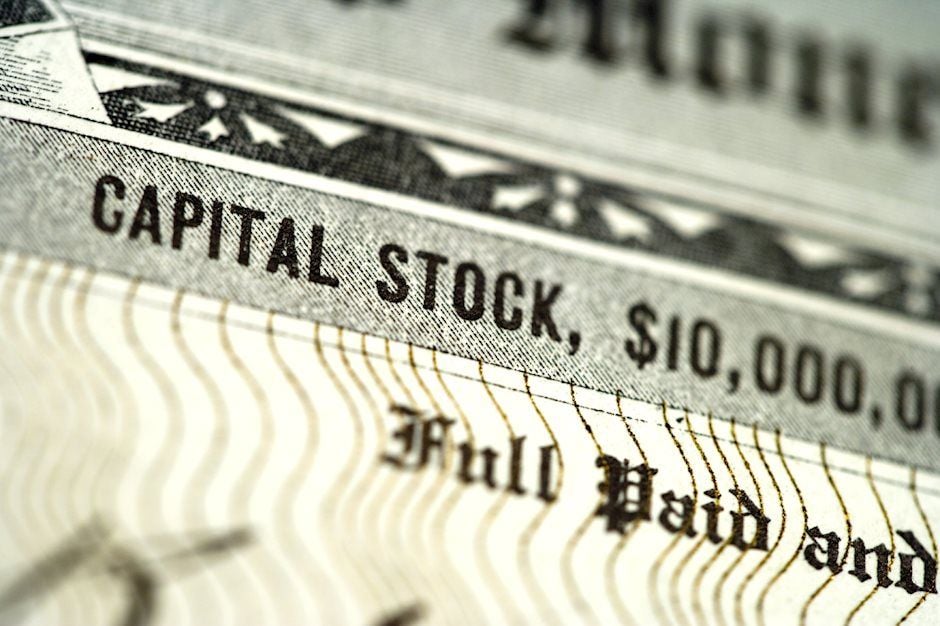Stocks rebound on Apple and ECI decline, US Data, Crude's great week, Gold extends losses, BTC rebounds

US stocks rallied after both solid results from Apple and a softer-than-expected fourth quarter employment cost index. The Fed Chair closely watches employers costs as that was a key trigger for their hawkish pivot last month. Wall Street is finishing the trading week wanting to believe that the US growth outlook is still there for 2022 and that the bull case will still be there once we get past this last inflation surge and first round of Fed rate hikes.
It looks like after a wild week of trade, the overall consensus on Wall Street is that the Fed will raise rates in March by 25 basis points and possibly be ready to start the balance sheet runoff after the second rate increase. The case for the March liftoff to be a 50 basis point increase could be made, but still seems unlikely.
One of the dovish Fed members, Neil Kashkari noted that he doesn’t know if three 2022 rate hikes is enough. Rate hike expectations have been skyrocketing since the Fed decision as some banks, like BoA are now eyeing 7 hikes this year. Given some of the progress seen with supply chain problems this earnings season, inflation may peak in a few months, and the Fed may not be as aggressive with tightening heading into the midterm elections. After we get past the March liftoff for the Fed, markets may start to become less aggressive with some of these rate hiking calls.
Apple
Apple delivered solid earnings results across the board with the exception of iPad revenue. The key takeaway for Apple shareholders was that the iPhone maker expects “supply constraints in the March quarter to be less than they were in the December quarter.” Apple is still in the middle of an upgrade supercycle along with improving service growth, which has Wall Street buzzing for those record results to continue.
US Data
Wage pressures hit the highest levels in two decades and surging prices and the omicron impact weighed on spending.
The employment cost index in the fourth quarter rose 1.0%, less than the eyed 1.2% consensus estimate, rising 4.0% year-over-year. Wages increased 4.5% from a year ago, while benefit costs rose 2.8% year-over-year.
Accelerating wage pressures will keep the labor market very tight and likely force businesses to pay up to keep talent.
The Fed’s preferred inflation gauge, core personal-consumption ticked higher to 4.9% from a year ago. Inflation will continue to rise a few more months, but expectations are growing that the peak could come soon.
Oil
Crude prices have been on fire, rising for a sixth straight week as the demand outlook improves and over geopolitical fears could lead to severe production disruptions. The supply side continues to support a tight market as OPEC+ is expected to stick to their plan of increasing output by 400,000 bpd in March, even though their compliance last month only hit 60% of plan.
Now that $90 oil is here, it won’t take much to get prices to $100 and that will just intensify the global energy crisis. News of an Omicron subvariant have not rattled markets as boosters appear to still be getting the job done.
WTI crude settled near session lows after the weekly Baker Hughes rig count data rose by 4 rigs to a total of 495.
Gold
Gold’s pain may last a little longer until the Fed’s aggressive pivot with tackling inflation is fully priced in. The $1,800 level was a key support level for gold, so momentum selling has the potential to make this an interesting trade. If it gets ugly quick and $1760 breaks, gold may not see much support until $1720.
Bitcoin
Bitcoin is embracing Wall Street's risk-on mood as it continues to form a base. The all-clear signal has not been given, but crypto traders are embracing the relative calm that is being seen with the top cryptos. Bitcoin may form a broadening formation between $34,000 and $40,000 next week.
Author

Ed Moya
MarketPulse
With more than 20 years’ trading experience, Ed Moya is a market analyst with OANDA, producing up-to-the-minute fundamental analysis of geo-political events and monetary policies in the US, Europe, the Middle East and North Africa.

















